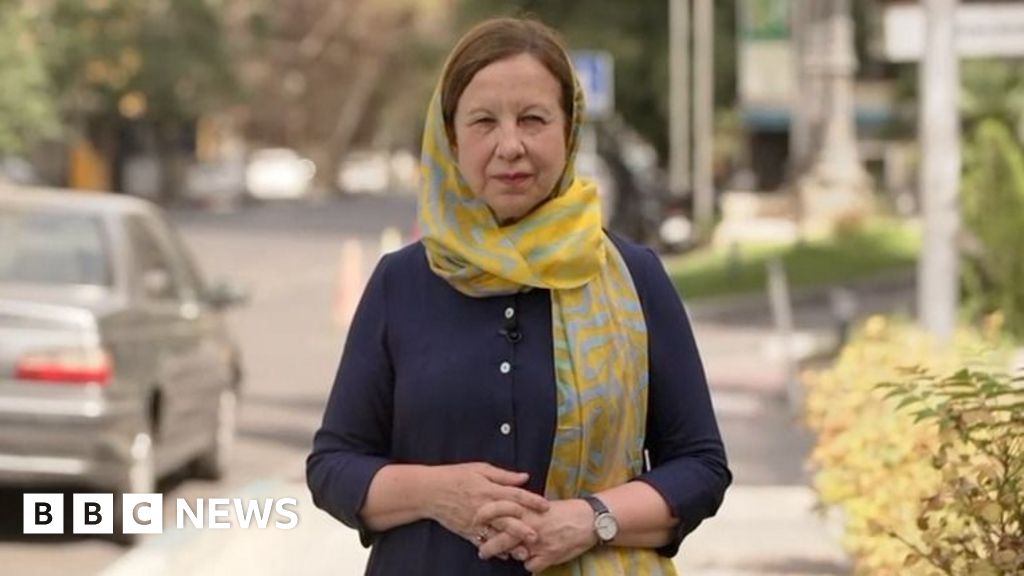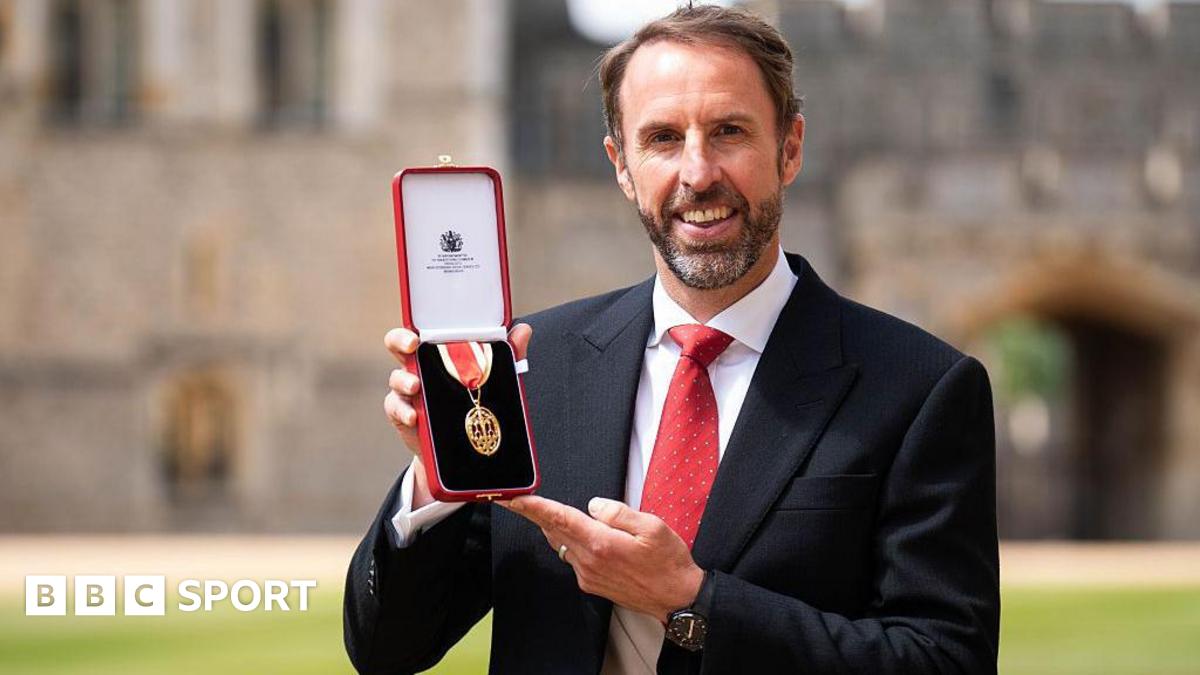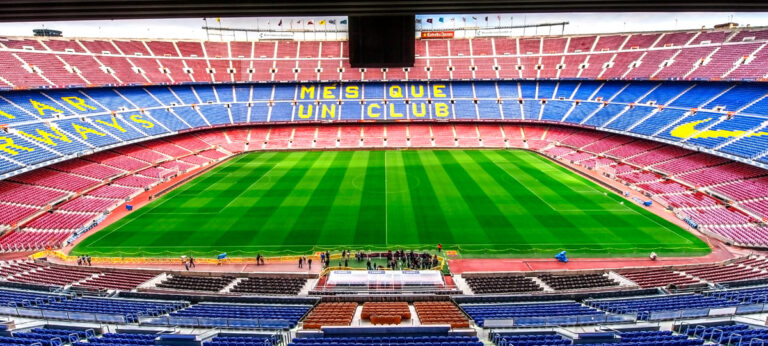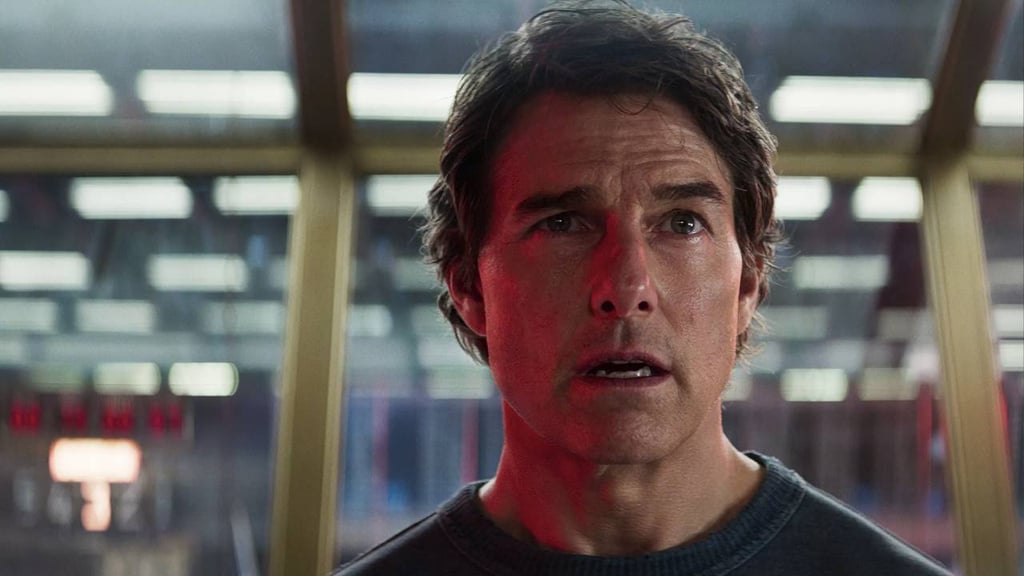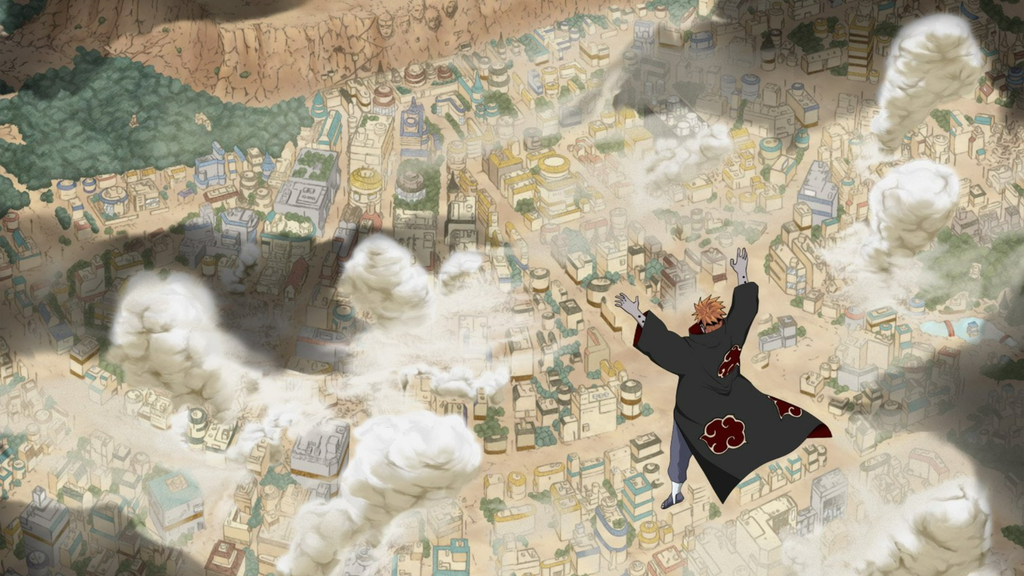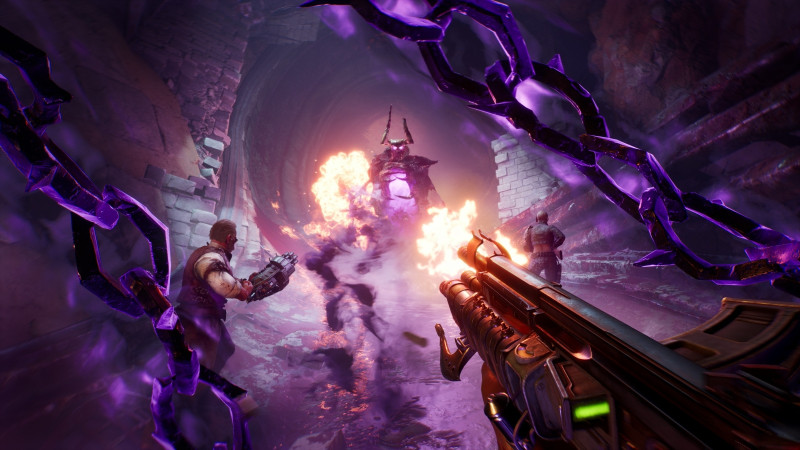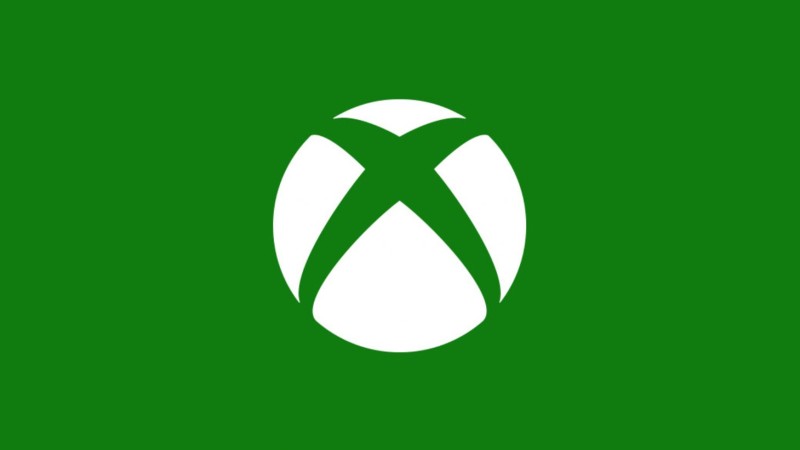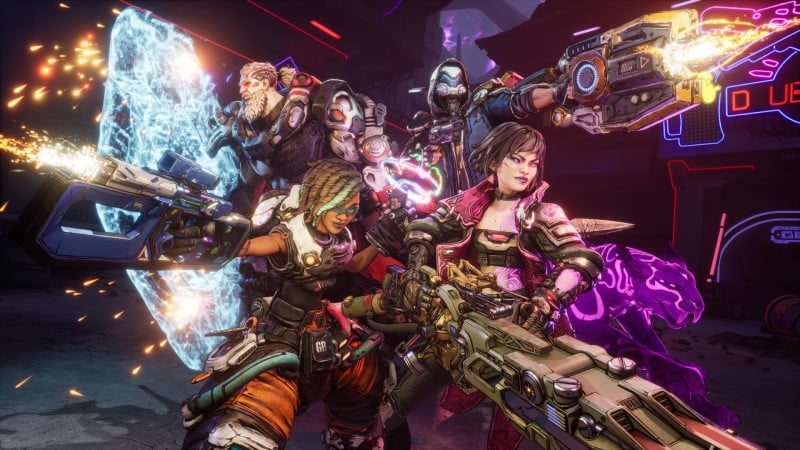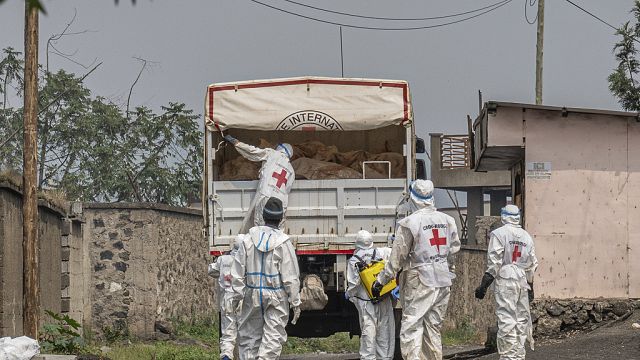Kenyans Return to the Streets a Year After Deadly Tax Protests


The police fired tear gas at demonstrators who were expressing anger at the government over growing economic hardship and a lack of accountability for killings at earlier rallies. Thousands of protesters marched across Kenya on Wednesday to mark a year since huge demonstrations against a contentious tax plan turned deadly and laid bare the growing anger at President William Ruto’s government. The police fired tear gas at protesters who were waving Kenyan flags and blowing whistles in central Nairobi, where banks and businesses were shuttered amid a heavy security presence. Officers also closed some major roads leading to the city center and blocked routes leading to Parliament with barbed wire. In the coastal city of Mombasa, demonstrators carrying antigovernment placards gathered in the city center, according to witnesses and footage aired on local television. “Many of us are being killed with no reason,” said Don Cliff Ochieng, a 24-year-old security guard in Nairobi who said that he was protesting because of the lack of economic opportunities and police brutality. “It is our right to demonstrate,” he added. On Tuesday, Kenya’s top police official, Douglas Kanja Kirocho, urged the public in a statement to “refrain from provocative acts directed at police officers in the execution of their duties.” The protests come a year after tens of thousands of Kenyans took to the streets to challenge a proposed finance bill that many feared would increase the cost of living by raising taxes on everyday goods and services. Those demonstrations were largely mobilized by younger Kenyans who used social media platforms to rally against the plans. When members of Parliament approved the bill on June 25 last year, protesters clashed with the police in Nairobi, and some stormed the legislature, briefly setting its entrance on fire and forcing lawmakers to flee. At the time, Mr. Ruto called the demonstrators “dangerous criminals” and “treasonous,” and deployed the military to assist the police in cracking down on the unrest. More than 60 people were killed and hundreds were injured, according to human rights groups. Dozens of people, including activists, medical workers and social media influencers, were abducted, interrogated and tortured, according to interviews with activists and rights lawyers. The Kenyan police have repeatedly denied targeting protesters during the 2024 unrest. Mr. Ruto has said that all those abducted or disappeared have been returned to their families. A day after those protests, Mr. Ruto backed off from signing the bill into law, even after he had insisted that the measures were necessary to revitalize the country’s beleaguered economy and avoid a debt default. Observers say that lingering anger combined with simmering tensions about a continued lack of accountability for the violence last year, along with persistent economic hardship, were fueling this year’s demonstrations. On Wednesday, many protesters, some of them holding roses and photographs of those who were killed last year, chanted, “Ruto must go!” The protesters “are not feeling heard and there’s a sense that things have not really changed since the protests last year,” said Meron Elias, an East Africa analyst at the International Crisis Group, a nonprofit group. “They want to remind the government that this is not a problem that will easily go away,” she added. Mr. Ruto, who was elected in 2022 on promises to uplift the poor, faces a growing political crisis. Critics say he has fallen short of his pledges, citing rising taxes, corruption scandals in his government, the opulent lifestyle of his allies and an increasingly heavy-handed suppression of dissent. Mr. Ruto reiterated his support for the police ahead of the latest protests. On Tuesday, in an address at his official residence in Nairobi to a group that included some of his cabinet ministers, he said: “You cannot intimidate the police. You cannot use force against the police, or insult or threaten the police. You are threatening our nation.” Protesters also returned to the streets on Wednesday after a man was shot in the head in Nairobi last week during a demonstration against police violence. Those rallies had been spurred by the death of Albert Ojwang, a blogger who died in police custody after being arrested on a charge of “false publication.” Local news outlets reported that people in civilian clothing carrying weapons had accompanied the police as they cracked down on those protests last week. A joint statement released by several Western governments, including the United States, on Tuesday, criticized the use of “plainclothed officers in unmarked vehicles,” and expressed concern about the “use of hired ‘goons’ to infiltrate or disrupt peaceful gatherings.” On Wednesday, many protesters said that they just wanted to commemorate those who died last year. “We are honoring them,” said Joann Nancy, a 21-year-old student. “I am just hoping nobody gets killed.”
What's Your Reaction?
 Like
0
Like
0
 Dislike
0
Dislike
0
 Love
0
Love
0
 Funny
0
Funny
0
 Angry
0
Angry
0
 Sad
0
Sad
0
 Wow
0
Wow
0


